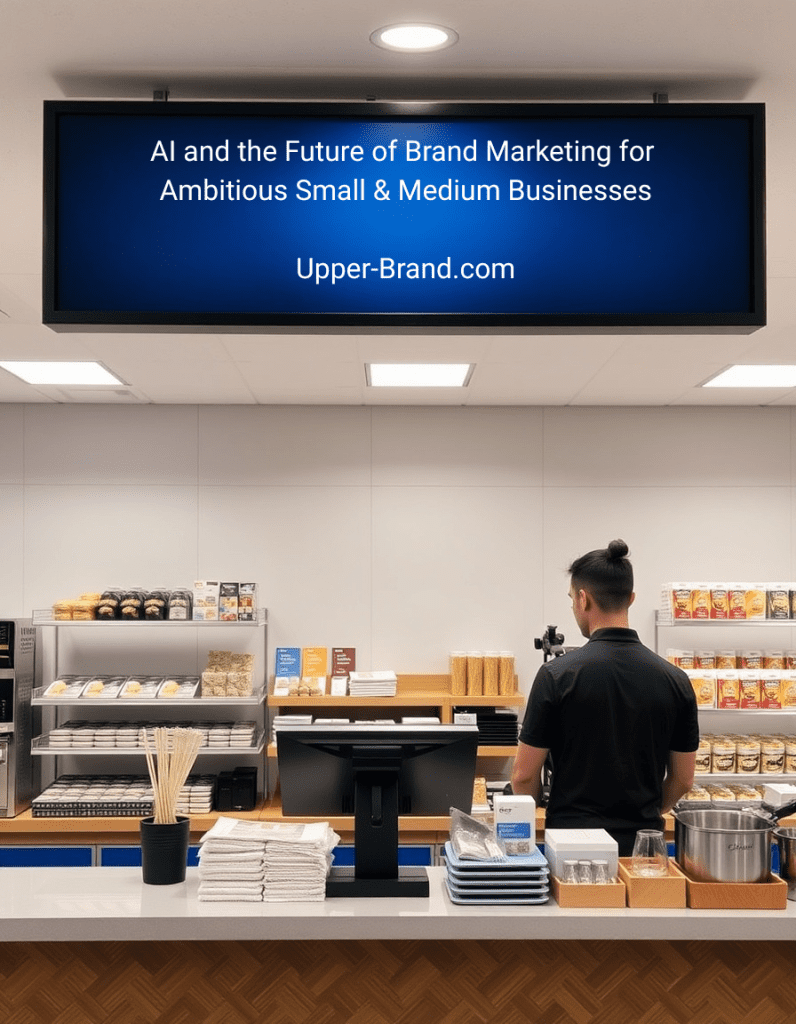Social Commerce with Seamless Checkout

The intersection of discovery and purchase has never been more critical to brand growth. Social commerce is no longer a passing trend but a defining force in how consumers in North America engage with products. Audiences are shifting their attention to platforms that merge storytelling with shopping, and the brands that stand out are those that treat checkout not as a transaction, but as an extension of the brand experience itself.
Seamless checkout is emerging as the linchpin of this evolution. It is more than technology, it is the quiet force that determines whether curiosity transforms into loyalty. In this landscape, where every scroll carries the potential for conversion, the future belongs to brands that craft refined, fluid, and elegant journeys from inspiration to ownership.
Why Checkout Is Now a Brand Experience
For years, commerce was about two disconnected stages: marketing built desire and checkout captured the sale. That separation is eroding. Today, the transition from seeing a product to buying it must feel effortless, intuitive, and entirely on-brand.
The data is unambiguous. Roughly 70 percent of carts are abandoned across e-commerce. The reasons are familiar, slow processes, confusing pricing, missing payment options. But what this statistic reveals is more profound: customers do not separate marketing from checkout. The experience is judged as one, and friction anywhere reflects poorly on the brand.
Seamless checkout therefore becomes a strategic differentiator. It is the brand moment where intent either crystallizes into revenue or fades into missed opportunity.
Platforms Shaping the Future of Commerce
Meta’s Transition
Meta’s move away from native checkout in North America signals a shift back to brand-owned ecosystems. While discovery still happens in Facebook and Instagram feeds, businesses must ensure their own sites provide elegant, responsive, mobile-first checkout. This is not a setback but an opportunity. Brands now have the stage to craft checkout experiences that mirror their identity rather than conform to platform limitations.
TikTok’s Momentum
In contrast, TikTok is investing heavily in in-app purchases through TikTok Shop in the United States. Early signals show strong adoption for lower-ticket, impulse-driven items. The platform’s power lies in immediacy, discovery, inspiration, and purchase happening in seconds. For visionary brands, TikTok Shop is a proving ground for blending viral content with frictionless commerce.
Pinterest’s Hybrid Model
Pinterest maintains its place as an aspirational hub. Its hosted checkout, available to select US merchants through Shopify, underscores a broader trend: merging inspiration with action. While not yet universally available, it points to a future where even the most aspirational browsing becomes directly transactional.
Crafting Elegant Simplicity
Seamless checkout is not about cramming technology into the funnel. It is about making complexity invisible to the customer. Three principles define success:
- Speed without sacrifice. Accelerated wallets such as Apple Pay, Shop Pay, and PayPal reduce friction and build trust. Shopify reports conversion lifts of up to 50 percent with Shop Pay compared to guest checkout. Speed matters, but so does elegance, these solutions carry brand equity of their own, signaling security and sophistication.
- Consistency across touchpoints. The product seen in a feed must appear in checkout without deviation in price or detail. If a customer discovers a red shoe at $90 in an ad, that is precisely what they should see on the checkout screen. Anything less disrupts trust and diminishes the brand.
- Mobile-first design. With social discovery overwhelmingly mobile, checkout flows must be designed for immediacy. Lightweight pages, clean visuals, and minimal distractions ensure that brand expression and performance align.
Retargeting as Brand Dialogue
Cart abandonment is not failure, it is an invitation to re-engage. Retargeting has often been treated as mechanical, but visionary brands approach it as a continuation of the conversation.
Dynamic product ads are powerful because they remind customers of what drew them in the first place. Click-to-message campaigns transform hesitation into dialogue, letting customers ask questions or seek reassurance. WhatsApp and Messenger recovery messages, when consent-driven, offer brands the chance to demonstrate attentiveness.
The key is balance. Saturation with generic reminders erodes brand value. Precision, tone, and timing reinforce it. When retargeting becomes a thoughtful nudge rather than a push, it strengthens loyalty even before the purchase is complete.
Personalization as Refinement
True personalization is not about overloading customers with data-driven assumptions. It is about refinement. The most effective cart recovery is product-specific, price-consistent, and framed as an elegant extension of the browsing experience.
A message that says, “Your silk scarf is still waiting for you” carries refinement. One that says, “Something is in your cart” feels careless. Customers notice the difference.
Equally important is restraint. The future of personalization is about relevance, not volume. Too many touchpoints diminish the aura of exclusivity that strong brands cultivate.
Compliance as Credibility
In a climate of tightening regulations, compliance is not a limitation but a foundation of trust. In Canada, CASL governs electronic messaging. In the US, CAN-SPAM and TCPA set strict guidelines for email and SMS. Social platforms enforce their own rules for messaging.
Brands that operate with consent, clarity, and transparency communicate more than legality. They signal integrity. Customers are discerning, and adherence to compliance frameworks becomes part of the brand promise.
The Edge for Small and Medium Businesses
Visionary thinking is not confined to global enterprises. Small and medium businesses in Canada and the US possess a unique advantage: agility. They can adapt faster to platform shifts, implement new wallet technologies without delay, and refine checkout flows in real time.
Case studies consistently show that businesses able to pivot quickly during platform changes outperform slower, larger competitors. Agility becomes the new luxury, allowing smaller brands to offer experiences that feel modern, responsive, and personal.
Where Innovation Meets Aspiration
So is seamless social checkout simply technology, or is it a brand opportunity? The evidence points to both. Payment wallets, dynamic ads, and messaging tools are the mechanics. But the true differentiator is how brands use these tools to align discovery with purchase in a way that feels refined.
The future of social commerce will not reward the fastest alone. It will reward the brands that combine speed with elegance, compliance with creativity, and innovation with authenticity.
Conclusion
Seamless checkout is not background infrastructure. It is the centerpiece of modern brand strategy. In a marketplace where discovery happens in a feed and purchase decisions are made in seconds, checkout is the decisive moment.
For North American businesses, the path forward is clear. Treat checkout not as an end point, but as part of the brand journey. Integrate speed with sophistication, personalize with care, and embrace compliance as credibility. The brands that do so will not only capture sales but will transform social commerce into a defining art form for the next era of consumer connection.










